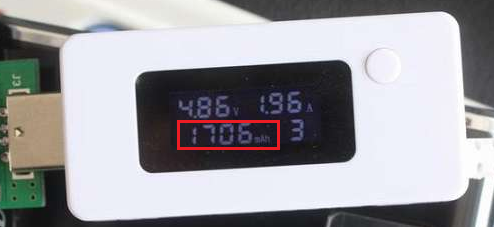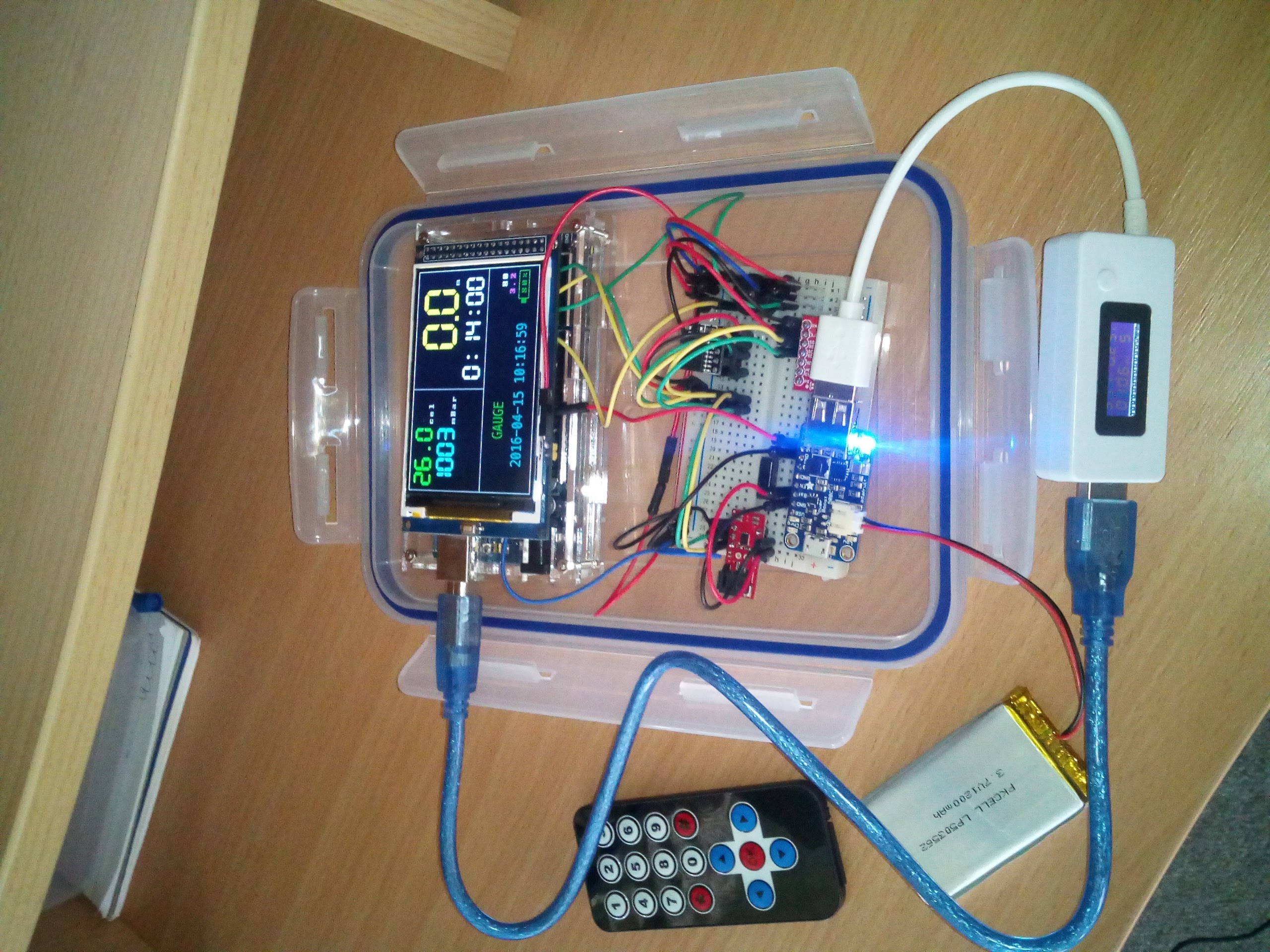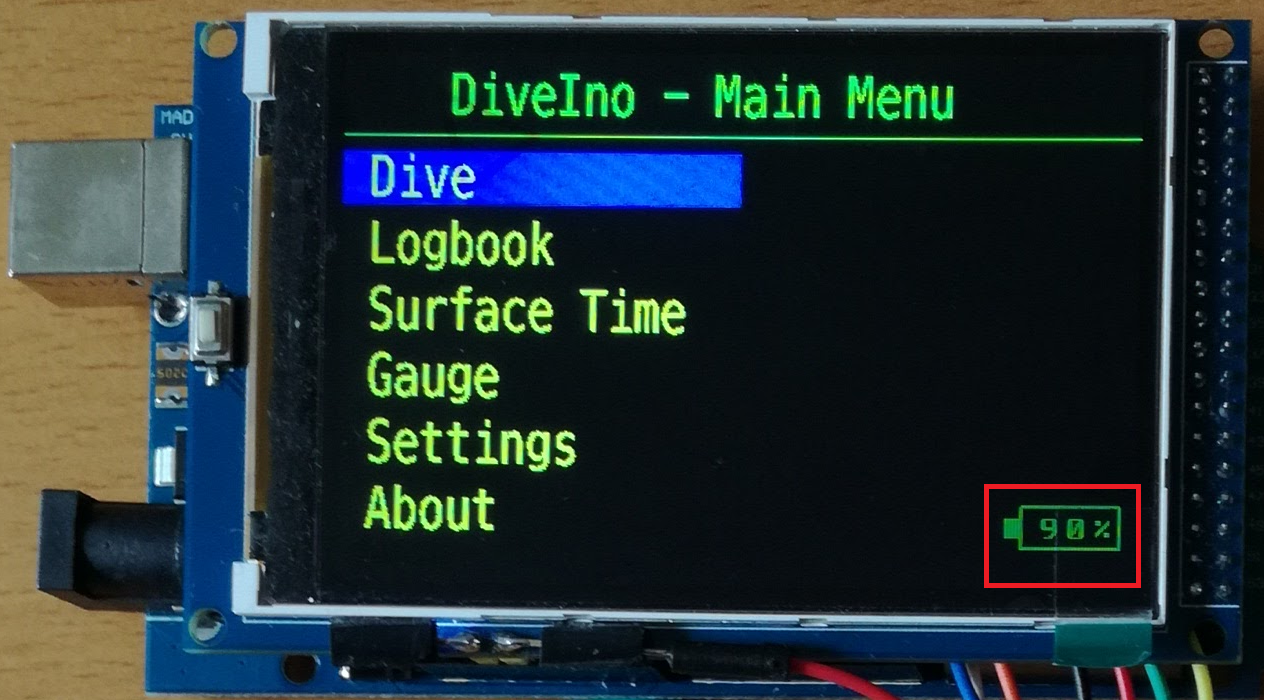Power consumption
In the DiveIno parts post I recommended a 2000 mAh LiPo battery to power the DiveIno. In this post I would like to show the reasons behind this recommendation.
Battery capacity
Small LiPo batteries are marked with a number plus the mAh measurement unit in order to indicate its capacity. The mAh - milliampere hour - is the unit of electric charge. The number means “how many mAh-s are stored in the battery.” Let’s see a quote from Quora, which explains it very clearly:
“Very roughly, a 1000 mAh battery can supply 1000 mA for one hour, or 100 mA for ten hours, or 10 mA for 100 hours, but this is a simplification since the capacity of the battery depends on the discharge rate.”
This means that in general bigger capacity LiPo batteries lasts long. In order to be able to answer the how long question, the discharge rate of DiveIno has to be measured!
Hardware setup
Besides your DiveIno you will need a so-called Power Tester device. Sometimes it is called “Charger Doctor”. You can use various models:
- USB Charger Doctor
- USB Voltage Meter with OLED Display
- USB Power Charger Current Voltage Tester
- USB Current & Voltage Capacity Testing Meter
- LCD USB 3V-7V Voltage Current Detector Power Tester
Most of these are clones of the original Adafruit USB Charger Doctor. Some of them has an LCD screen. I purchased the last one on the list, so I will use that for the measurement.

Besides the Power Meter you need some LiPo batteries. I used the following ones:
The Arduino Mega 2560 board operating voltage is 5v, so there is a need to boost the 3.7V coming out from the LiPo battery to be able to supply enough voltage to the board. The Power Meter has to be plugged into a standard USB port. Based on these the following requirements can be identified:
- Attachable LiPo battery
- DC Boost converter from 3.7V to 5V
- Standard USB port as an output
Fortunately the Adafruit PowerBoost 500 Charger - Rechargeable 5V Lipo USB Boost module meets all these requirements. It also has the following advantages:
- Charges the attached LiPo battery
- Attachable on/off switch
- The battery lines present on the breakout pins
The last one is essential, because it makes the SparkFun LiPo Fuel Gauge connectable to DiveIno. This means that we are able to track the current voltage - only in test mode - and battery charge level.

Now all what we have to do is to simulate a dive and run DiveIno for about an hour.
Measurement results
First the smaller Lithium Ion Polymer Battery - 3.7v 1200mAh was used for the test. The discharge rate was about 460 mAh for an hour. During this time the battery State Of Charge (SOC) indicator went down from 90% to 30%.

I ran this test many times. I think it is fair to say that DiveIno consumes about 600 mAh per one hour of operation.
Conclusion
It seems that a 1200 mAh capacity battery lasts too short, if you count surface travel time to the dive site and long dives in shallow water. This is the main reason that I recommend a bigger 2500 mAh battery to power your DiveIno.
You can use the PowerBoost 500 Charger - Rechargeable 5V Lipo USB Boost module to charge your battery on the surface without removing it from DiveIno. Actually this breakout board provides the opportunity to upgrade the Power module into a Charger module!
Alternatively you can use two batteries simultaneously. You can charge one with the SparkFun LiPo Charger during the other one is used in your DiveIno.

